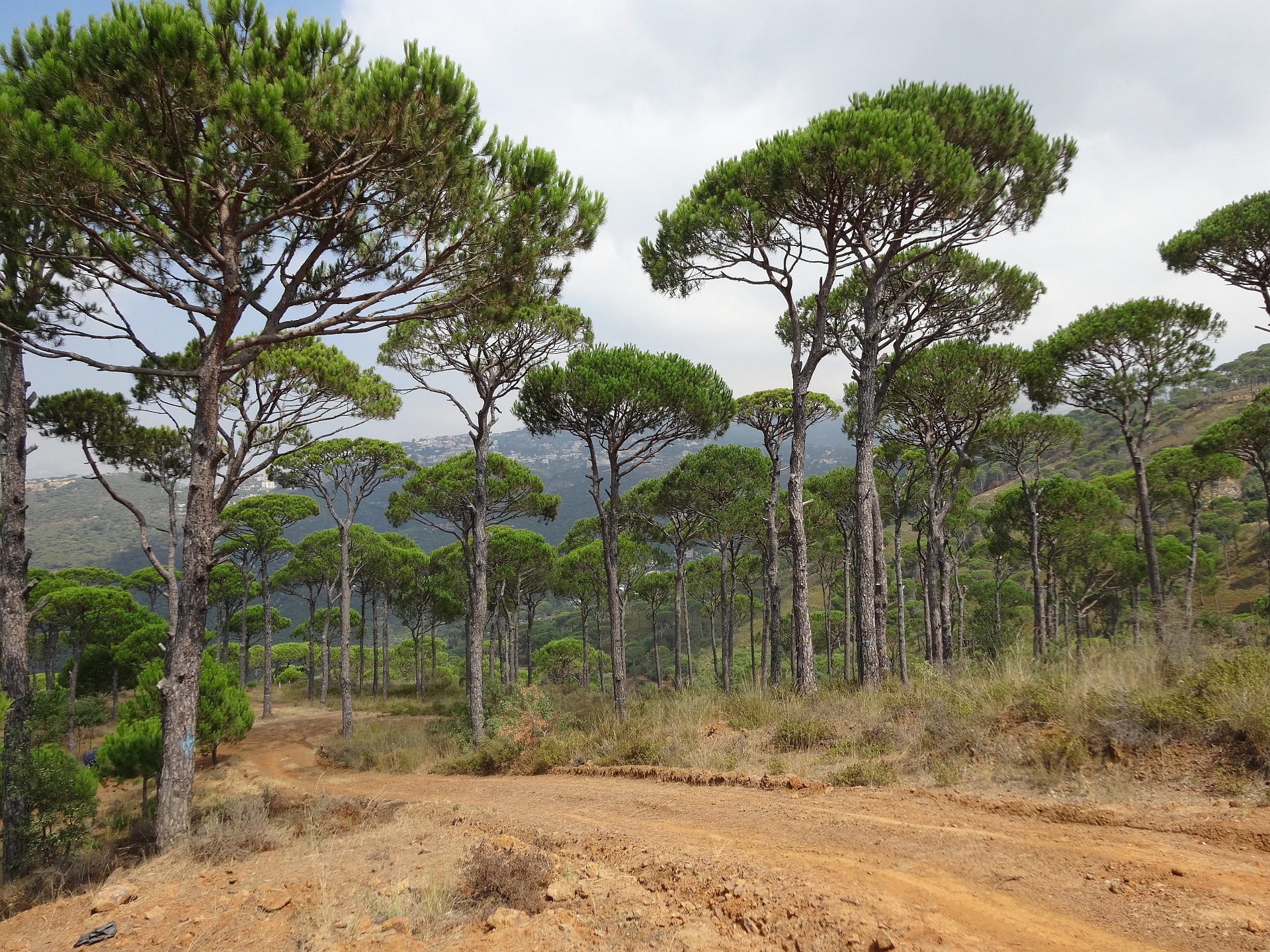FAO Assistant Director- General
Forests for food: A pathway to food security in the Near East and North Africa

.jpg?sfvrsn=fa3858de_3) The many faces of forests in the region
The many faces of forests in the region
As we celebrate the International Day of Forests (IDF) in 2025 under the theme Forests and Foods, it is important to acknowledge the often-overlooked role of forests in the Near East and North Africa (NENA) region's food security. While forests are often associated with dense areas of lush, green trees, NENA’s forests take on many forms—from dryland woodlands and shrublands to agricultural landscapes dotted with trees. FAO defines a forest as land spanning more than 0.5 hectares, with trees taller than five meters and a canopy cover of more than 10 percent, or trees that can reach these thresholds. This inclusive definition is important for NENA, where forests are integral to the livelihoods of millions, providing food, income, and resilience against climate change. In the face of increasing food insecurity and environmental degradation, forests offer an invaluable resource for sustainable food systems.
Forests as a source of nutrition and livelihoods
Food security remains a pressing issue across NENA, where nearly 40 percent of the population in Arab countries is food insecure. The region’s heavy reliance on agriculture, combined with challenges like desertification, soil degradation, and water scarcity, exacerbates vulnerability to food shortages. However, forests can contribute significantly to food security. Beyond timber and fuelwood, forests provide vital non-wood forest products (NWFPs)—fruits, nuts, herbs, and medicinal plants—that sustain rural communities and alleviate pressure during food crises.
In Mauritania, where forests and rangelands support livestock-based livelihoods by providing grazing areas, shade, and fodder, the “Integrated Ecosystem Management Project for Sustainable Human Development” is improving milk and meat production, securing food and income for rural communities. The project supports women's livelihoods by empowering them to actively participate in agroforestry practices and decision-making.
Agroforestry: A key strategy for sustainable food systems
Agroforestry, which integrates trees into agricultural landscapes, is particularly relevant for NENA, where traditional forests are often scarce or fragmented. Agroforestry improves land productivity and provides diverse food sources while restoring degraded ecosystems. It enhances soil quality, increases water retention, and mitigates erosion, which are critical benefits for regions facing desertification and soil erosion.
In Sudan, FAO’s GAMS (Gums for Adaptation and Mitigation in Sudan) project demonstrates how agroforestry can transform local livelihoods and ecosystems. This project supports 500 gum Arabic producer associations (GAPAs) and promotes sustainable practices that increase gum production while restoring rangelands and improving pastoralist resilience. By investing in sustainable gum Arabic production and agroforestry, the project strengthens local food systems and helps communities adapt to climate change. Another FAO project in Jordan integrates agroforestry into dryland restoration by expanding carob tree plantations. These resilient trees support soil health, provide food and fodder, and enhance rural livelihoods through carob-based products like molasses and gum. Women in these communities are instrumental in managing carob value chains, contributing to their economic resilience and food security.
Restoring ecosystems for food security
Restoring ecosystems is vital for addressing both food insecurity and environmental degradation. FAO’s projects across the region emphasize large-scale restoration that conserves biodiversity, restores soil health, improves water availability, and supports sustainable agriculture. The Integrated Natural Resources Management project in Mauritania’s Fouta Djallon Highlands focuses on forest-water interactions and land restoration, helping local communities improve water access and agricultural productivity. With an emphasis on sustainable environmental management, the project targets poverty reduction, food security, and climate adaptation for long-term food system resilience.
The “Rehabilitation and Integrated Sustainable Development of Algerian Cork Oak Forest Production Landscapes” project restores and sustainably manages Algeria’s cork oak forests by addressing land degradation and overexploitation. It promotes sustainable forest management, enhances non-timber forest product value chains, and aims to scale successful practices regionally.
A vision for the future
As FAO celebrates its 80th anniversary, transforming agrifood systems remains essential to tackling rising hunger and food insecurity across NENA. According to the FAO State of Food Security and Nutrition (SOFI) report, over 66 million people in the region are affected by undernourishment, with conflict and rising food costs exacerbating the crisis. Forests, through restoration, agroforestry, and sustainable management, offer innovative solutions to enhance food security, support local livelihoods, and build resilience in the face of climate change. By integrating forests into food systems, we can create sustainable, diverse food systems that will help feed the growing population in the region.
